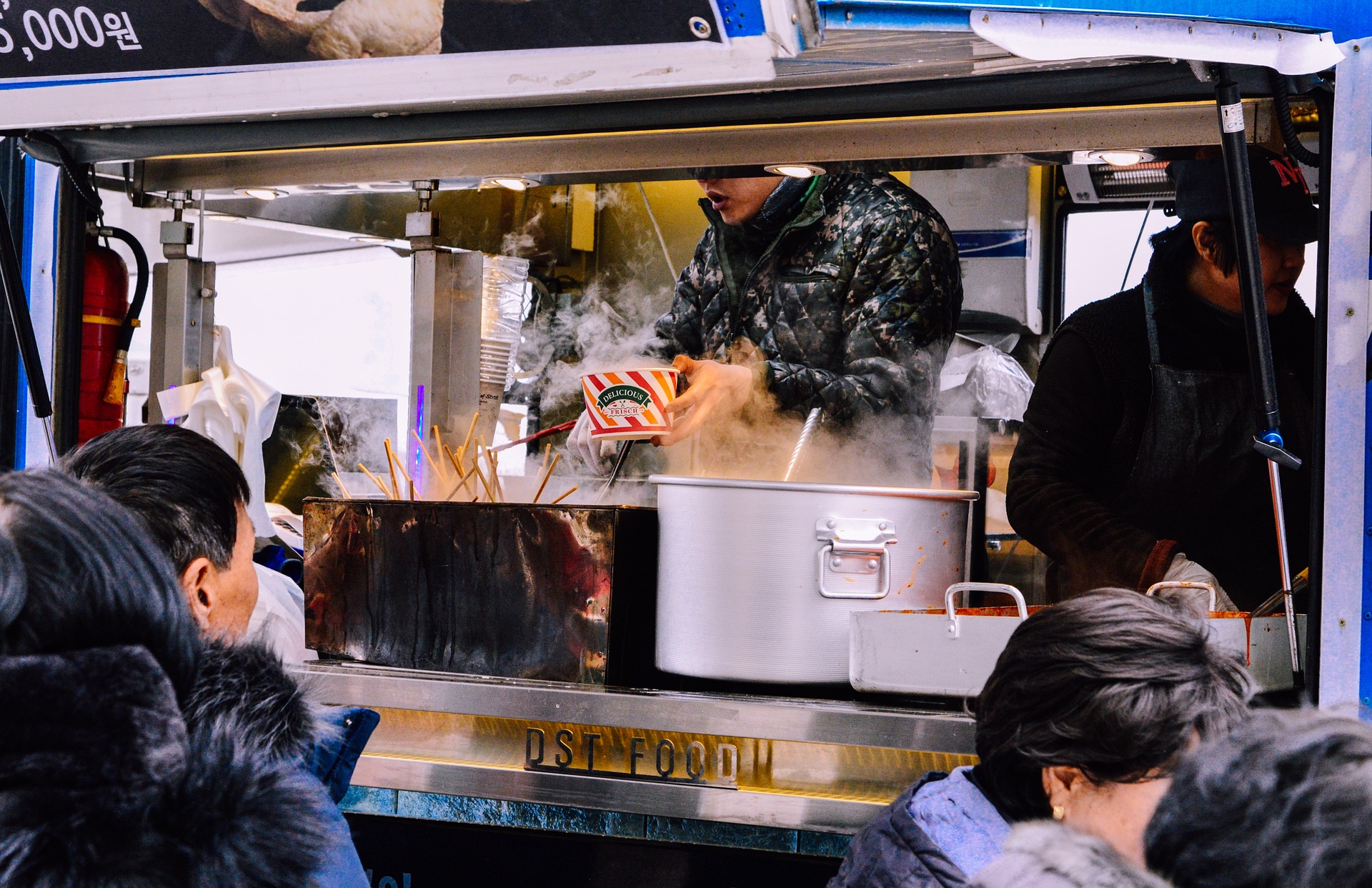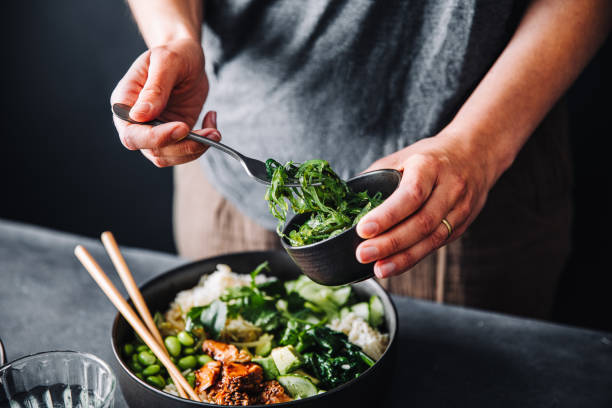Asian Food Guide: Street Food, Noodles & Regional Cuisine
Asian food is a vast, diverse world of flavors and techniques shaped by centuries of trade, culture, and climate. From quick street food stalls to elaborate ceremonial feasts, Asian cuisine blends rice, noodles, spices, fermented ingredients, and fresh produce to create dishes that are both comforting and surprising. This article walks through what makes Asian food distinctive, why street food and noodles matter, regional differences, and how to enjoy these tastes responsibly and sustainably.

What defines Asian cuisine?
Asian cuisine is not a single style but a collection of culinary traditions spanning East, Southeast, South, Central, and West Asia. Common threads include an emphasis on fresh produce, balanced textures and flavors (sweet, sour, salty, bitter, and umami), and techniques like stir-frying, steaming, pickling, and fermenting. Staple carbohydrates vary—rice in much of East and Southeast Asia, wheat-based breads and noodles in parts of Central and West Asia—while herbs, soy, fish sauce, chilies, and spices create distinctive regional profiles. Noting these shared approaches helps explain why some ingredients and methods recur across many Asian food cultures.
How does street food shape local flavors?
Street food is central to how many communities experience Asian food daily. Vendors often sell quick, affordable, and highly regional dishes—skewers, dumplings, braised meats, fermented snacks, and noodle bowls—that reflect local tastes and ingredient availability. Because street food is made for immediate consumption, techniques prioritize speed and bold flavors: char, glaze, spice, and acid. Street food also serves as an incubator for innovation; many popular restaurant dishes began on stalls. When exploring local services offering authentic bites, look for places where food is prepared fresh, turnover is high, and vendors have an evident local following.
Why are noodles central to many dishes?
Noodles are a unifying thread in much of Asian food—from soba, udon, and ramen in Japan; to wheat and hand-pulled noodles in China; to rice vermicelli in Southeast Asia; to flat egg noodles in parts of South and Central Asia. Noodles are adaptable: they absorb broths, bind with sauces, and carry textures ranging from springy to silky. They also reflect agricultural patterns—wheat-producing regions favor wheat noodles, while rice-growing areas rely on rice-based noodles. Beyond practicality, noodles carry cultural significance in several places (symbolizing longevity in some celebrations) and form the base of countless street food specialties and home-cooked comfort dishes.
How does Asian food vary by region?
Each region within Asia emphasizes different ingredients and cooking philosophies. East Asia often highlights simplicity, texture, and umami-rich components like soy and dashi. Southeast Asia leans toward bright acidity, coconut, and fragrant herbs. South Asian cuisine uses layered spices, legumes, and slow-cooked sauces. Central and West Asian food features flatbreads, grilled meats, dairy, and rice pilafs. Coastal areas prioritize seafood, while landlocked regions depend more on preserved foods and hearty grains. Understanding these contrasts makes it easier to appreciate why a noodle dish from one country tastes fundamentally different from a noodle dish just a few borders away.
How to experience Asian food responsibly?
Enjoying Asian food responsibly means prioritizing authenticity while respecting local sourcing and sustainability. Seek out establishments and local services that source ingredients ethically—responsibly harvested seafood, seasonally grown produce, and fair trade spices where applicable. When trying street food, choose vendors with high turnover for freshness, and observe basic hygiene practices. If you’re adapting recipes at home, learn from reputable sources and consider dietary needs or allergies. Exploring food markets and talking to cooks can deepen appreciation for cultural contexts without appropriating or oversimplifying traditions.
Conclusion
Asian food offers an expansive spectrum of tastes, techniques, and histories that reward both casual eaters and culinary explorers. Street food and noodles are two accessible entry points into this diversity, providing immediate flavor and cultural insight. Regional variations underscore how geography and history shape what ends up on the plate, while mindful choices around sourcing and consumption help preserve culinary traditions for future generations. Whether sampling a market stall or cooking a new recipe at home, approaching Asian cuisine with curiosity and respect will make the experience richer and more meaningful.




